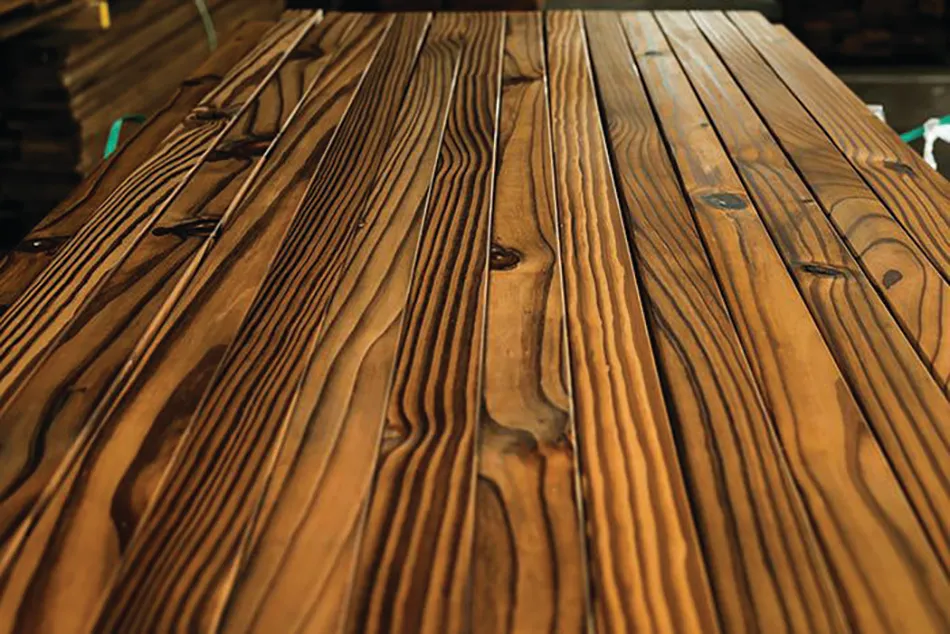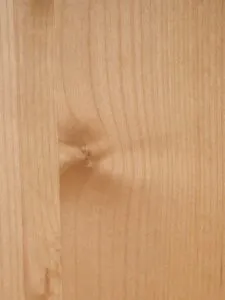Table of Contents
“>Building a safe deck requires research, proper hardware, and almost always the assistance of a professional builder or inspector. Of the 50 million decks in North America, it’s estimated that only half meet building code requirements.
Although many lumberyards and pro dealer suppliers may not often sell directly to homeowners, they’re typically the best source of product information to busy contractors, and are often relied upon for material recommendations, installation tips and tricks, and ideas for differentiating their businesses.
Consumer confusion about deck longevity offers the perfect opportunity for dealers to specify and sell higher margin, high-performance decking and deck hardware and construction systems for builders to increase their deck businesses.
In addition to falling short of code, roughly half of those 50 million decks are also likely past their useful life. While the construction industry and even most homeowners understand the limited life expectancy of outdoor building components like windows and roofs, decks are unfortunately—and incorrectly—expected by many to last as long as the house. Even treated wood decks and composite decks have a 10 to 20 year lifespan, and require regular maintenance and inspection to keep them safe.
The good news is that there are things dealers, builders and homeowners can all do to make decks safer and prevent injuries. There are several key areas of a deck that should be inspected. Checking for wood rot and large cracks is important, but you also must evaluate the deck’s structure as a whole, and inspect metal connectors and fasteners for corrosion.
To ensure the structural safety of a deck, it should always be built with a “continuous load path,” a construction method using connectors and fasteners to create a series of solid connections within the deck frame. These connections transfer the deck’s structural load (gravity, lateral and uplift loads) through the deck’s frame and to the ground and adjacent support structure, most often the house.
It’s important to realize that a continuous load path requires more than a few nails and deck boards. There are seven key areas of a deck that must be secured with connectors and fasteners to ensure that the deck can support all of the weight that’s placed on it. When building, inspecting, or repairing a deck, you want to make sure the following connections are secure.
- The Ledger to the House Framing
Correct ledger attachment is critical when a deck is attached to another structure, like a house. One of the most common causes of deck failures is ledgers that are not properly secured and then pull away from the home.
One of the best ways to correctly attach the ledger to a house is to use structural screws and hardware that fasten directly into the home’s framing. You also need to be able to identify that the rim board inside the home is sufficient (solid sawn lumber, minimum 1”-thick OSB, LVL or some other solid rim board).
- Joists to the Ledger
Deck floor joists intersect with a beam or a ledger board and must be properly secured to the framing of the house (not attached to the ledger only but directly to the framing of the house) to resist uplift, gravity (the weight of the people and furniture and grills and planters, etc.) and lateral loads.
- Beams to Posts
At the point where a beam meets a post, it must be properly connected to the post to resist gravity, lateral and uplift loads.
- Joists to Beams
Beams must be secured to the joists that support the floor of the deck to resist lateral and uplift forces. Blocking is recommended to prevent the joists from overturning.
- Guardrail Posts to the Deck
The guardrail connection is another important connection that is often overlooked. To provide enough support, the guardrail post must be fastened to the rim joist and also tied back into the joist framing.
Machine bolts through the post and rim joist alone do not meet the performance requirements of building codes. Instead, a metal connector installed on the joist with bolts through the post or a proprietary, tested structural screw that has been shown to meet the load requirements of the codes must be used.
- Stair Treads to Stair Stringers and Stringers to the Deck
Stair stringers must be properly connected to the deck, and treads properly connected to the stringers to support the load (weight) on them. In addition, code requirements regarding openings between stair treads and intermediate stair rails or balusters must also be met.
- Posts to Concrete Footings
To ensure that they can properly support weight and structural loads, posts must rest on and be anchored to concrete footings. Patios and precast concrete piers (for decks attached to the house) do not qualify as proper footings for deck construction. Posts must also be correctly attached to a concrete footing to be able to support weight and resist uplift and lateral forces.
Unless posts are naturally decay-resistant or made from preservative-treated wood and the cut ends are retreated, they must be elevated off the concrete by 1” to help prevent decay from moisture at the end of the post.
Not only should the proper connectors and fasteners be present and accounted for in these critical areas, they must also all be in good condition. Outdoor environments are generally more corrosive because the connectors are exposed to the elements. In many cases, ZMAX and hot-dip galvanized connectors and fasteners provide adequate corrosion resistance. There are places that are considered at a higher risk for corrosion, such as areas exposed to chemicals, industrial zones, areas along the coast or other chloride environments (e.g., when salt is used on a deck, porch, balcony or stairs to melt snow). In these cases, the use of stainless-steel connectors and fasteners is recommended. Connectors and fasteners made from Type 316 stainless steel provide the highest level of corrosion resistance.
Adding the right connectors and fasteners to a deck is an investment of a few hundred dollars that may eliminate the need for a complete rebuild and still keep everyone safe. It’s important to regularly inspect and maintain your deck. If homeowners are not comfortable doing this themselves, a qualified, professional home inspector should be engaged. If built and maintained properly, a deck will give you years of safe, enjoyable outdoor living.
Simpson Strong-Tie has developed a comprehensive Deck Connection and Fastening Guide that can help contractors and homeowners through the process of making sure a deck is safe, secure and code compliant. Download the guide for free at safestronghome.com/deck.









